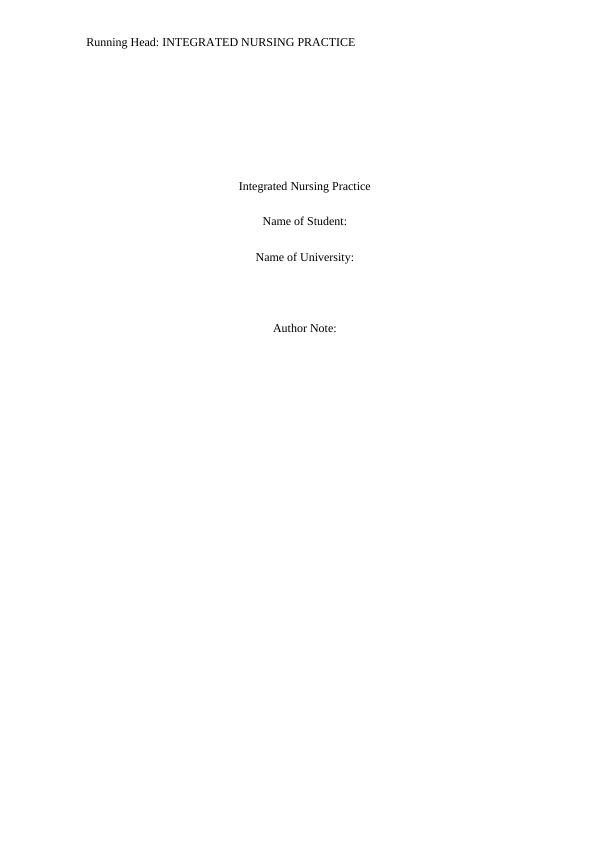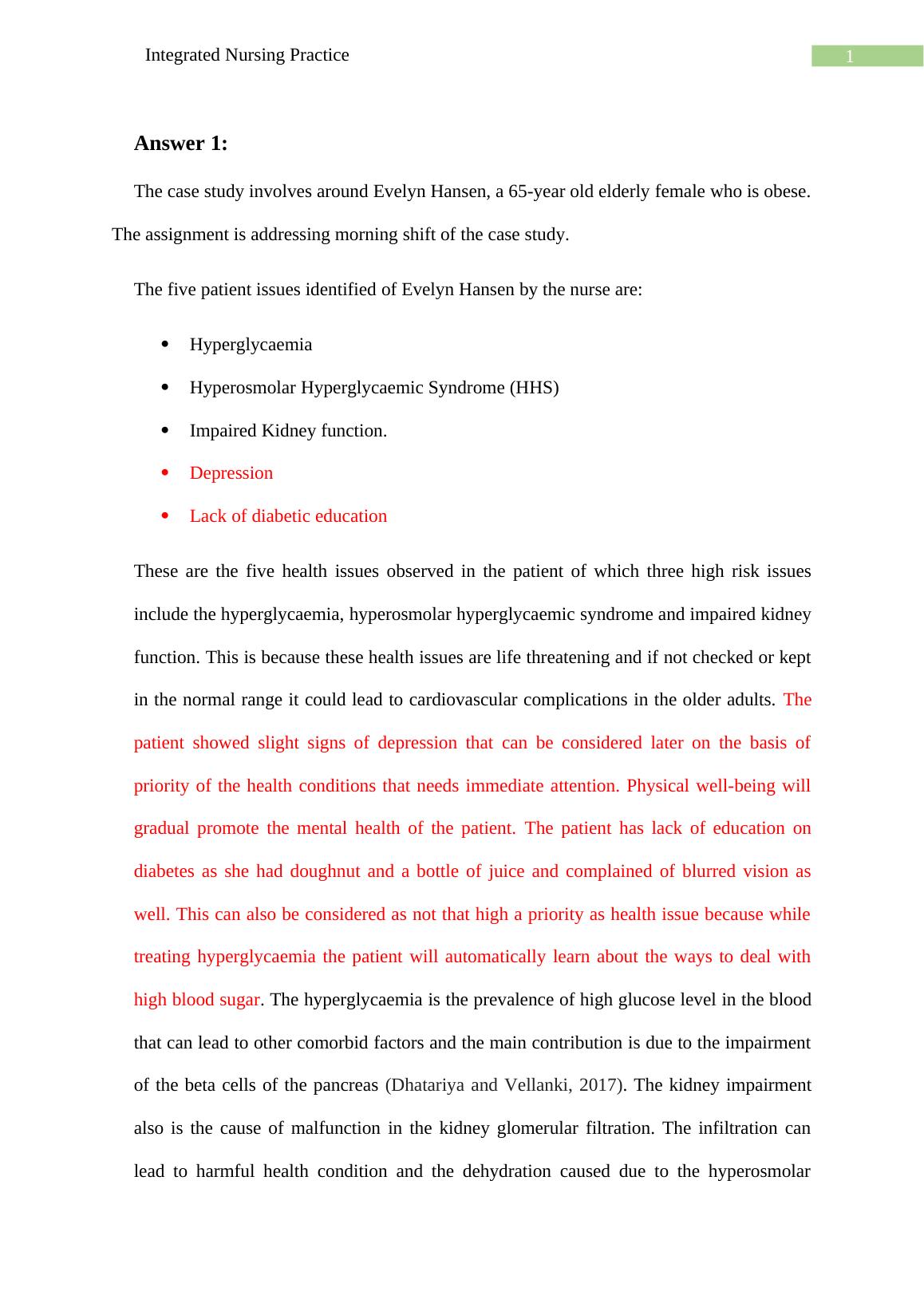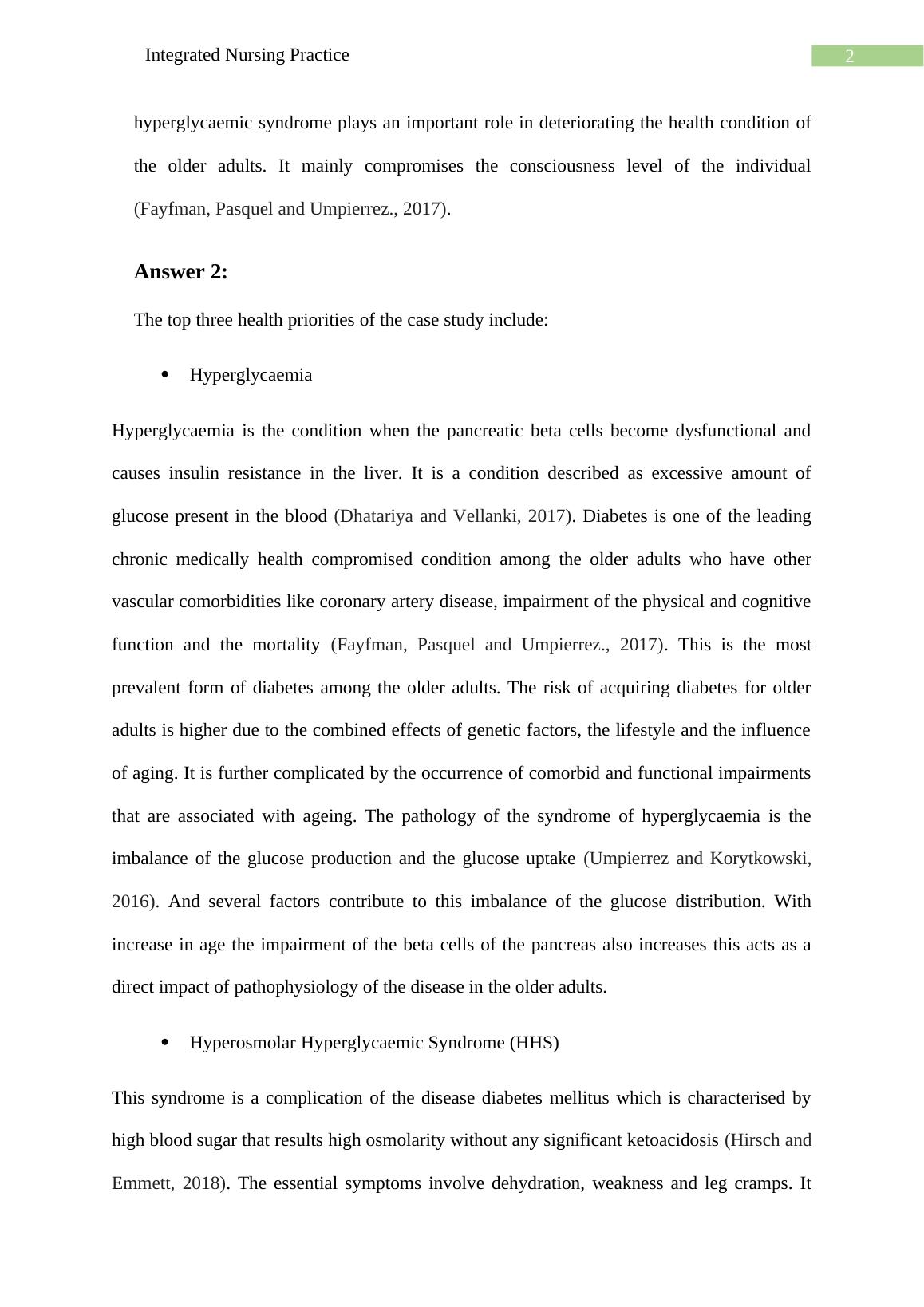Integrated Nursing Practice | Assignment
Choose a case study from lab sessions, identify patient health issues, prioritize them, and outline the nurse's role in addressing the top three priority issues.
8 Pages1909 Words13 Views
Added on 2022-09-14
Integrated Nursing Practice | Assignment
Choose a case study from lab sessions, identify patient health issues, prioritize them, and outline the nurse's role in addressing the top three priority issues.
Added on 2022-09-14
ShareRelated Documents
End of preview
Want to access all the pages? Upload your documents or become a member.
Nursing Case Study Assignment (Doc)
|14
|3335
|125
Promoting Self-Management Skills for Type 2 Diabetes Mellitus in Older Adults
|13
|3516
|370
Type II Diabetes: Causes, Symptoms, Prevention, and Treatment
|5
|1130
|76



